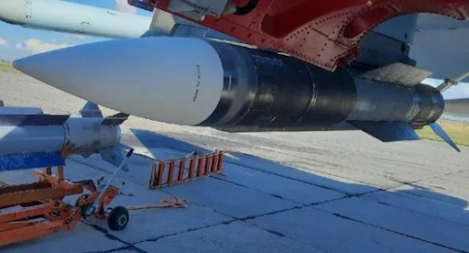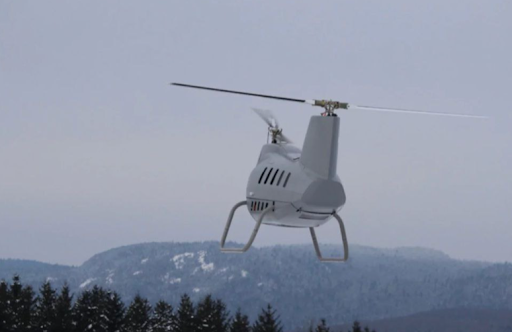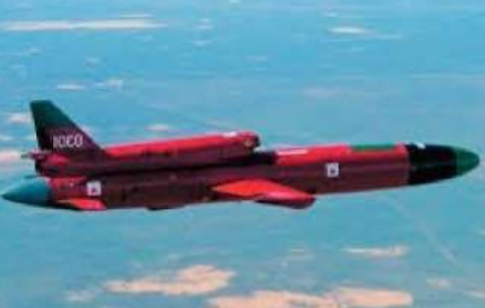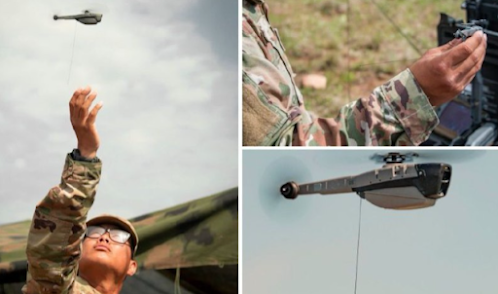 |
| M113 Panzermörser 120 mm |
The German ground forces are paying attention to the development of their mortar armament. In particular, a fleet of self-propelled mortars has been built to provide fire support to infantry units. The M113 Panzermörser 120 mm self-propelled mortar, developed in the eighties based on the tracked chassis of the imported armored personnel carrier of the same name, is still in service.
Until the early eighties, there were no self-propelled mortars in the Bundeswehr's fleet of vehicles. They were armed with 81 and 120 mm caliber systems in portable/ portable design, which were transported by available vehicles. These weapons were used from the ground. In the early eighties, the ground forces took care of the issue of increasing the mobility and security of mortars and their calculations. An order has been placed for the development of a self-propelled system based on an existing base, armed with an affordable 120-mm mortar.
The American-made M113 tracked armored personnel carrier was used as the basis for the new combat vehicle. It was planned to place a 120-mm Finnish Tampella mortar with related devices and systems in the fighting compartment. Both key products were going to be taken from combat units and arsenals. The development of a new sample did not take much time. By the middle of the decade, the finished mortar had successfully passed all the necessary tests and was recommended for adoption. Soon after, mass production was launched in the interests of the Bundeswehr. The self-propelled mortar received the official designation M113 Panzermörser 120 mm.
The first mass-produced M113 Panzermörser 120 mm entered the Bundeswehr land units in 1985. This technique was assembled by equipping existing armored personnel carriers with mortars from the availability. At the same time, the contractors had to manufacture some new components and assemblies, such as a support device, ammunition stowage, etc. The production of new equipment continued until the early nineties. By this time, at least 500 M113 armored personnel carriers had been rebuilt into mortar carriers. According to calculations, this amount of equipment was supposed to meet the needs of the Bundeswehr.
The finished equipment was transferred to mortar units from infantry, motorized infantry and mountain infantry brigades. Up to 3-4 mortars were combined into a platoon; several platoons were part of a company. Mortar platoons were supposed to accompany other infantry formations and provide fire support. First of all, they had to support the battalions. The original version of the M113 Panzermörser 120 mm mortars was used until the early 2000s. Then it was decided to modernize them, aimed at improving their technical and operational characteristics. As part of the NDV 2 project (Nutzungsdauerverlängerung-2), the engine, transmission, chassis components and equipment of the driver's workplace were replaced. Armament was not affected.
The NDV 2 project made it possible to extend the service life of self-propelled mortars by several years. At the same time, it was decided to develop a new vehicle of this class and a future replacement for the M113 mortar. A promising model should have been built on a modern Wiesel 2 chassis. In addition, it was decided to return to the widespread use of mortars carried on cars.
The program of updating the fleet of vehicles and replacing old cars began in the two thousandth years. The existing M113s were gradually written off, put into reserve, or disposed of. By now, the process of abandoning the old armored vehicles is almost complete. No more than 35-40 mortars based on American armored personnel carriers remain in service. The Bundeswehr is expected to write them off in the coming years.
Several armored vehicles managed to avoid disposal. So, 15 self-propelled mortars were handed over to the Lithuanian army in the tenth years. In November 2022, the new owners sent several such vehicles to Ukraine as military aid.
The German self-propelled mortar M113 Panzermörser 120 mm was built according to the traditional scheme for such equipment. It was based on an affordable APC with a large troop compartment. All unnecessary components were removed from the machine, and a full-fledged combat compartment was organized in the amphibious compartment. It contains related devices and a mortar of an affordable model.
Serial self-propelled mortars were created on the basis of the M113A3 armored personnel carrier. Such a machine had a box-shaped body made of aluminum armor, providing bulletproof and anti-shatter protection. In the bow of the hull there was an engine compartment, behind which there was a control compartment. The fighting compartment occupied at least two thirds of the total volume of the hull.
The M113A3 was equipped with a 210 hp Detroit 6V53 diesel engine and an Allison TX-100 automatic transmission. During the NDV 2 upgrade, the vehicles received a 300 hp MTU 6V 183TC22 diesel engine and a ZF LSG 1000 transmission. The new transmission made it possible to remove the standard levers from the driver's workplace and install a more comfortable steering wheel. The undercarriage in all cases had five pairs of support rollers with a torsion bar suspension. The NDV 2 project provided for the replacement of the track chain.
In both versions, the M113 Panzermörser 120 mm had the dimensions of a basic APC. The length reached 5.1 m, width — 2.7 m, height — 2.6 t. Combat weight — not less than 12.5 t. The maximum speed on the highway exceeded 60 km/h. The car could overcome obstacles and swim.
A rotary platform for a mortar was installed in the center of the fighting compartment. Its design allowed firing into the rear hemisphere of the vehicle with horizontal aiming in the 40° sector to the right and left of the longitudinal axis. The shooting was carried out through a large hatch in the roof with two flaps. Along the sides there were stowages for ammunition for 60 rounds.
The first combat vehicles were equipped with Finnish-made Tampella mortars. Later, they switched to using similar products licensed by Rheinmetall. It was a 120-mm smoothbore muzzle-loading mortar of a standard appearance. The trunk and bipod were fixed on the support device. If necessary, they could be removed and used for shooting from the ground. In this case, a standard base plate was used, which was transported separately from the outside of the case.
The mortar could use any NATO 120mm mines. The firing range, depending on the ammunition, reached 6-6.3 km. Rate of fire — at least 5 rounds/min. An experienced crew could increase the tempo to 13-15 rpm, but only for a short time. The combat vehicle is equipped with means of communication and fire control. The SEM 52S radio station is used to receive the target designation. Since the early nineties, mortars have been equipped with MRT 86 fire control terminals, which simplified the transmission of target data. However, the guidance of the mortar is carried out manually using a standard sight and manual actuators. Modern control and automation tools have not been implemented.
The crew of the M113 Panzermörser 120 mm self-propelled mortar consists of 5 people. The driver and the commander are in the control room. The gunner's and two loader's workstations are located in the fighting compartment. For self-defense, the armored vehicle is equipped with an MG3 machine gun and a block of smoke grenade launchers. These weapons are under the command of the commander. In addition, the crew has their own small arms.




















































.jpg)
